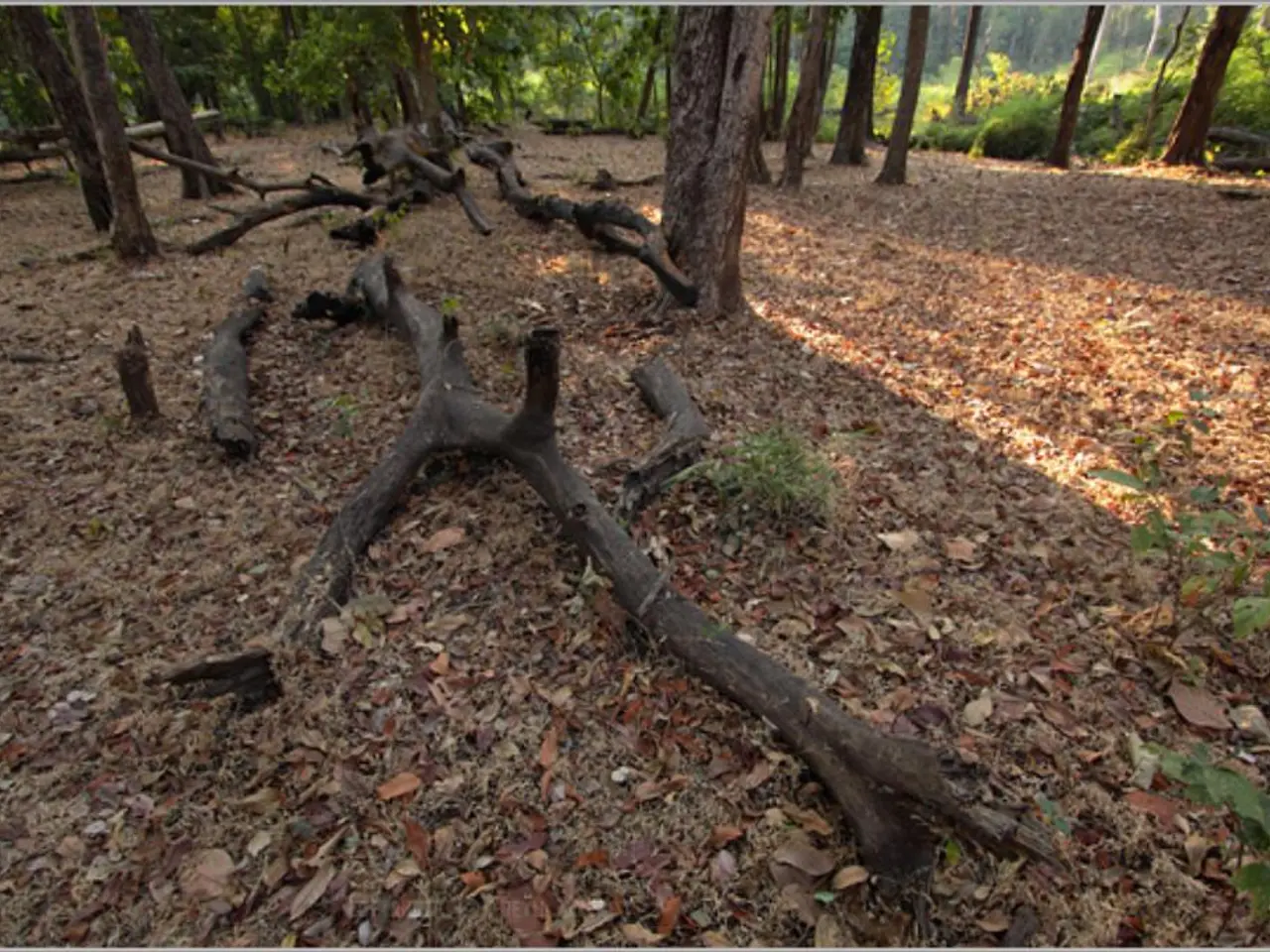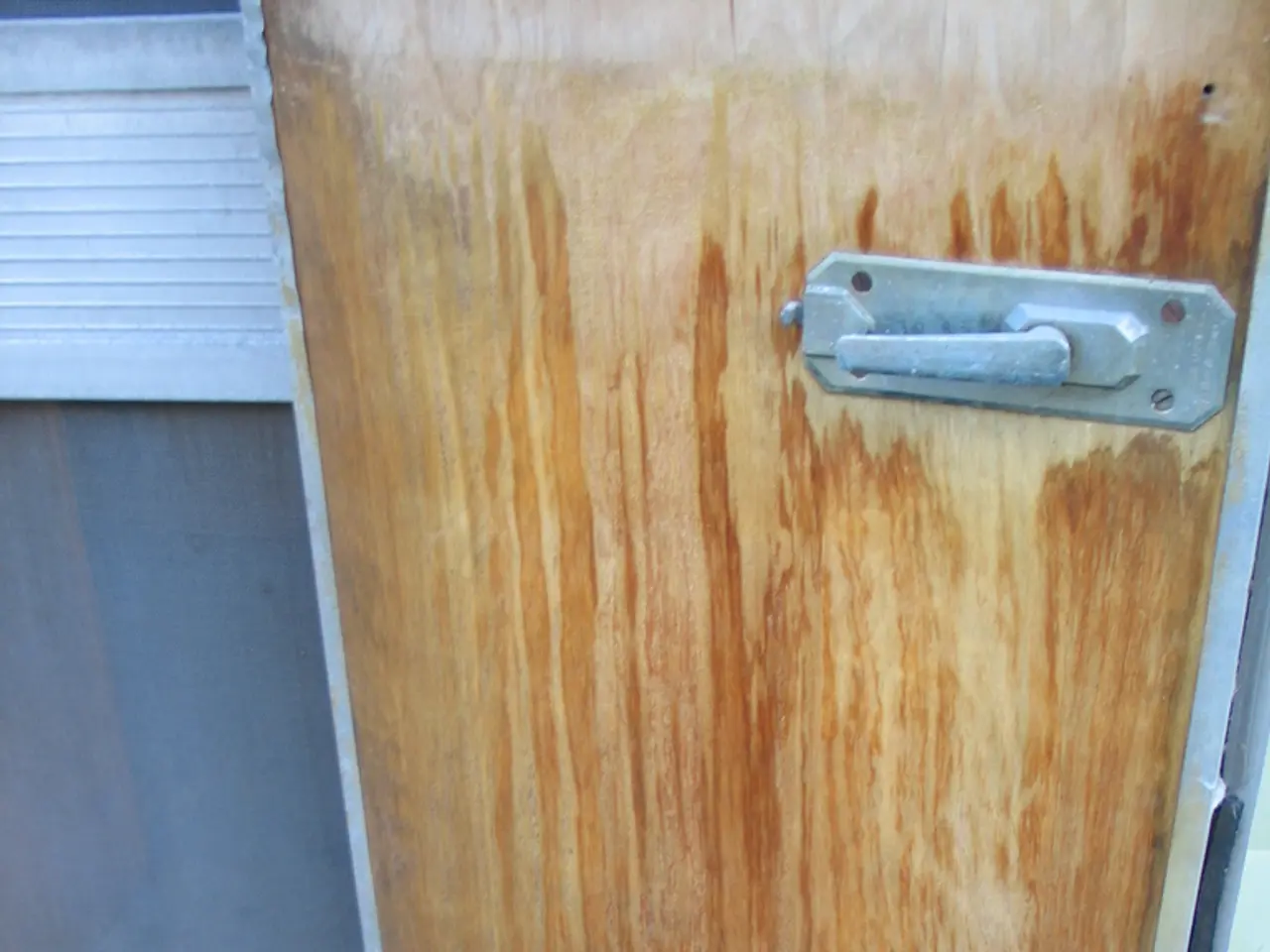Alive and teeming with diverse wildlife: Deadwood
In the heart of Central Europe, deadwood plays a pivotal role in the ecosystem of Poland's forests. This overlooked yet essential component of forest life serves as a critical habitat for a diverse array of species, from saproxylic insects and rare lichens to birds, mammals, and bats.
Deadwood, encompassing fallen trunks, broken branches, stumps, snags, and old limbs in treetops, is more than just a remnant of a once-living tree. It is a thriving ecosystem in itself, supporting a wide range of organisms such as invertebrates, fungi, and arthropods, contributing significantly to overall forest biodiversity.
The importance of deadwood is particularly evident in its role as a sanctuary for invertebrate fauna and fungal diversity, which are closely linked to its presence and quality. In Poland, this continuity of deadwood also supports ecosystem functions after disturbance events, such as bark beetle outbreaks, by sustaining species dependent on dead wood resources, like woodpeckers, thereby maintaining functional biodiversity.
At a broader ecological level, deadwood acts as a carbon sink, storing organic carbon even after tree death. This carbon storage contributes to climate regulation by mitigating atmospheric CO₂ levels. Moreover, deadwood plays a crucial role in nutrient cycling, specifically in carbon, nitrogen, and phosphorus, thus enhancing soil fertility and forest ecosystem health.
While the presence of deadwood may sometimes affect the aesthetic perception of forests, studies suggest an increasing public appreciation for its naturalness and biodiversity value in Central Europe, including regions near Poland.
In summary, deadwood in Polish forests is fundamental for maintaining species diversity, supporting nutrient cycling, contributing to carbon storage, and sustaining ecosystem resilience and function, particularly post-disturbance. This highlights the importance of conserving deadwood within forest management practices to preserve biodiversity and ecosystem integrity in Poland.
Deadwood in Poland's forests, beyond being a remnant of a previous tree, serves as a thriving habitat for various species, even extending to the realm of environmental-science, where it supports invertebrates, fungi, and arthropods. In the lifestyle and home-and-garden sphere, the growing appreciation for natural forests in Central Europe indicates a shift towards valuing this Deadwood not just for its ecosystem functions but also for its biodiversity.




